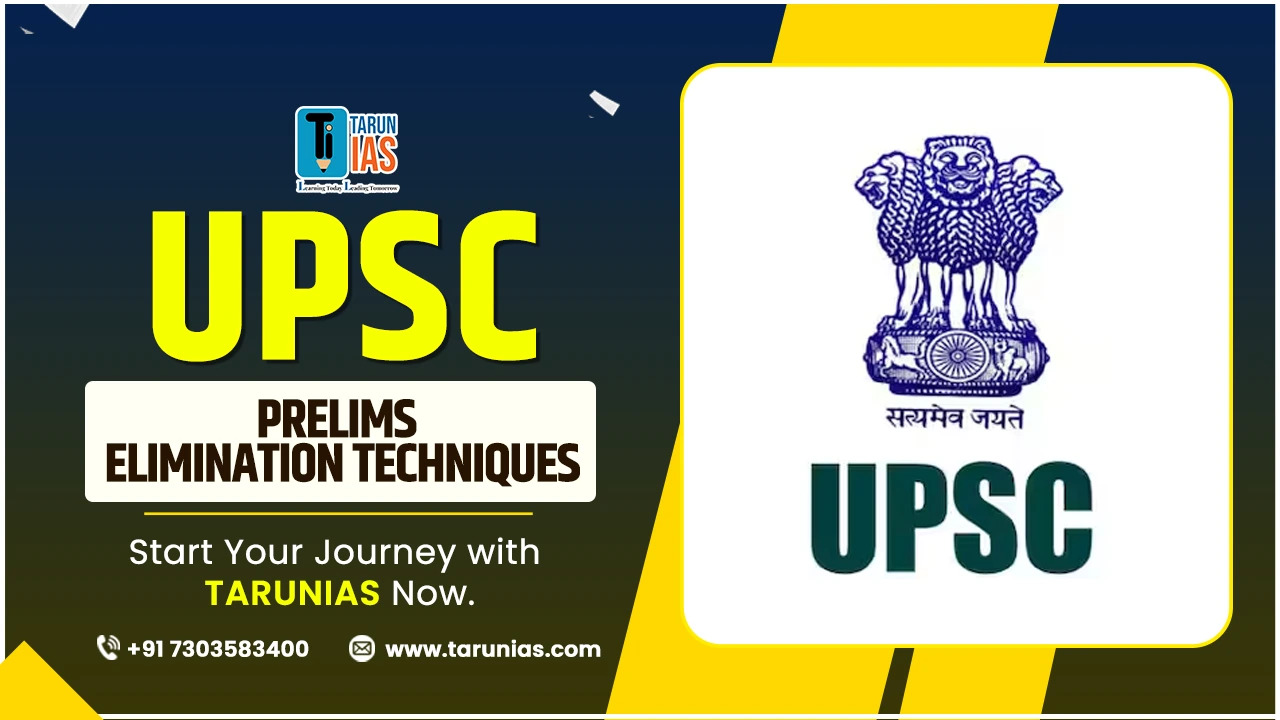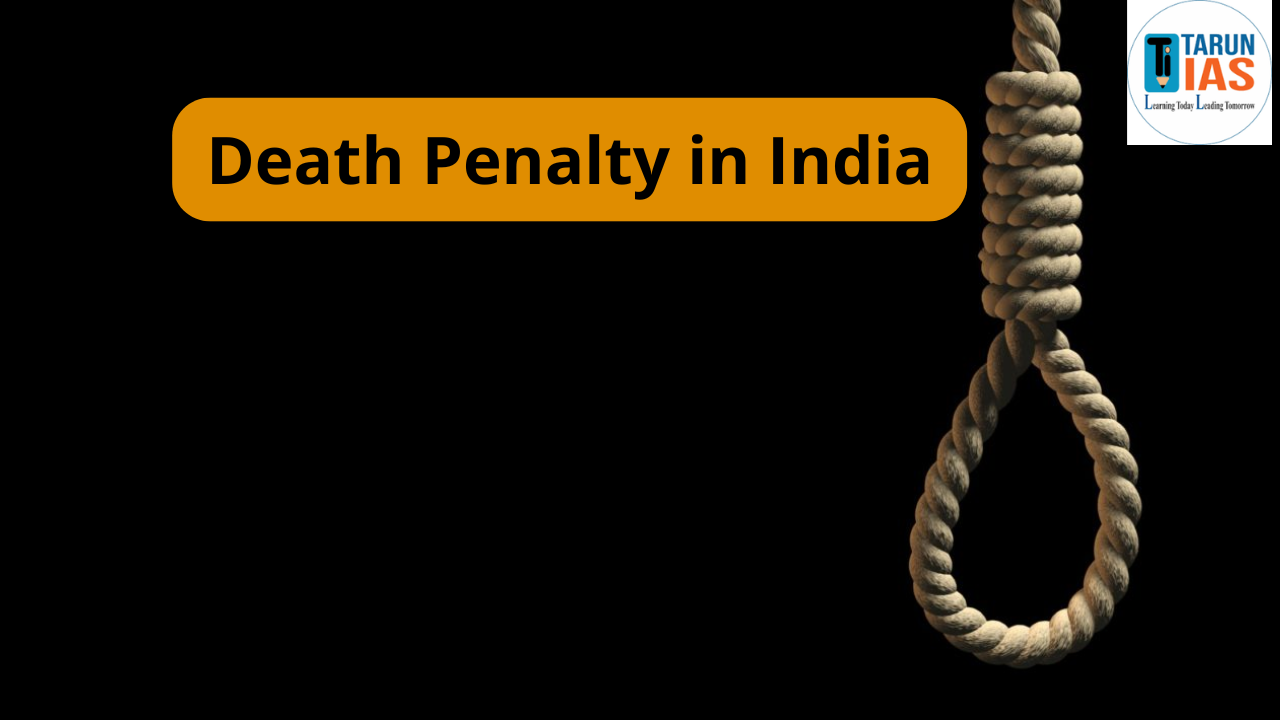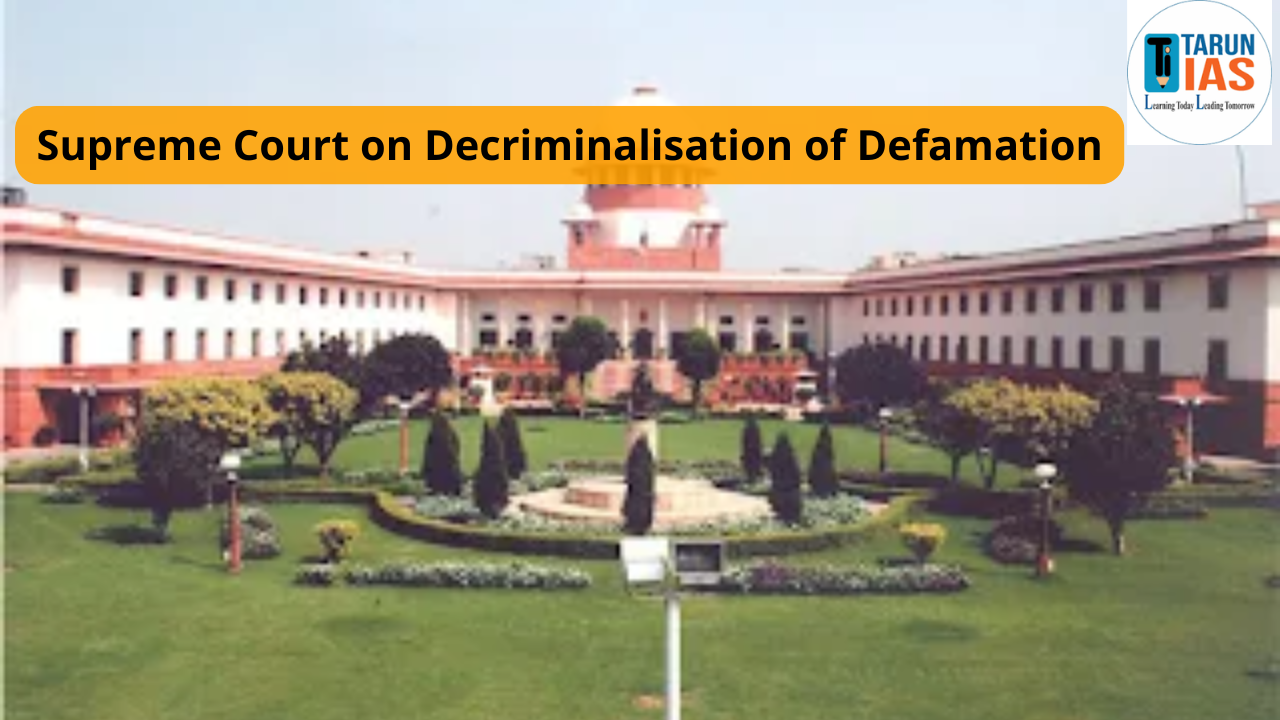Cracking the UPSC Prelims is not solely about knowing the correct answers—it’s about applying the right strategy when you don’t. Many aspirants, despite solid preparation, find themselves stuck on 15–20 questions. This is where UPSC Prelims Elimination Techniques become invaluable. These logical strategies help eliminate incorrect options and make intelligent guesses that improve your odds without resorting to blind guessing.
Prelims Elimination Techniques Overview
Cracking the UPSC Prelims is not just about how much you know. It’s also about how smartly you use what you know. Every year, aspirants face at least 15–20 questions that they are unsure about. This is where UPSC Prelims Elimination Techniques come in — a strategic tool to eliminate incorrect options and improve your odds of selecting the correct answer, even when you’re uncertain.
What Are UPSC Prelims Elimination Techniques?
UPSC Prelims Elimination Techniques are strategic methods used to arrive at the correct answer by eliminating the wrong or less probable options. These techniques are based on:
- Partial subject knowledge
- Logical reasoning
- Common sense
- Familiarity with the UPSC’s pattern
They are especially useful in General Studies Paper I, where the questions often appear ambiguous or have close options. Mastery of these techniques can often make the difference between clearing the Prelims or not.
Also Read:UPSC Prelims Admit Card
What are Intelligent Elimination Techniques?
Intelligent Elimination Techniques (IETs) are smart, logic-based strategies that help you rule out incorrect options in multiple-choice questions. These are used when you:
- Are unsure about the correct answer.
- Can eliminate at least one or two wrong choices.
- Want to take a calculated risk without random guessing.
These techniques are grounded in partial knowledge, logical reasoning, and understanding of question framing, making them highly effective during the UPSC Prelims.
Also Read: UPSC Calendar 2026
Importance of UPSC Prelims Elimination Techniques
Prelims Elimination Techniques serve multiple strategic purposes:
- Enhance Accuracy: Reduce negative marking by avoiding random guessing.
- Maximize Attempts: Increase your number of confident attempts, crucial to clearing cutoffs.
- Boost Confidence: You’ll feel more prepared to tackle unfamiliar or confusing questions.
- Improve Score Marginally: Sometimes a 5–10 mark increase due to smart elimination can make or break your selection.
Also Read: What To Carry In UPSC Prelims
UPSC Prelims Elimination Tricks with Examples
Every UPSC aspirant faces moments in the Prelims exam when they are unsure of an answer. In such cases, elimination techniques can help increase your score and reduce negative marking. These smart strategies allow you to eliminate incorrect options and improve your chances of selecting the right one — even when you’re not 100% certain. Below are tried and tested elimination tricks, along with relevant examples from previous UPSC CSE exams.
Avoid Extreme Words
Statements that use absolute terms like always, never, only, or entirely are usually incorrect. UPSC favors balanced and nuanced language.
Example
Statement: “All members of the Rajya Sabha are elected.”
Elimination Logic: The word “All” makes it extreme. In reality, some members are nominated by the President.
Correct Action: Eliminate the option.
Spot Opposite Options
If two options are directly contradictory, one of them is likely correct. Use your knowledge to decide which aligns with facts.
Example:
If the options are:
(A) The Central Bank follows an easy money policy
(B) The Central Bank follows a tight money policy
Question: An increase in the Bank Rate generally indicates that the:
Answer: (B) Central Bank follows a tight money policy
Logic: Increasing bank rates tightens credit availability.
Also Read: UPSC Prelims Dress Code
Eliminate Unfamiliar Options
If you’ve prepared thoroughly and one option looks completely unfamiliar, it’s likely incorrect. Trust your study and revision.
Example:
Question (UPSC CSE 2017): In the context of India, what is the relationship between Rights and Duties?
Options:
A) Rights are correlative with Duties
B) Rights are personal and independent of Duties
C) Duties, not Rights, are important for the stability of the State
D) Rights, not Duties, are important for the advancement of personality
Answer: A
Logic: Statements B, C, and D sound unusual or extreme to someone familiar with Indian polity. Statement A reflects standard constitutional understanding.
Use Common Sense and Logic
Sometimes, even without deep subject knowledge, logical reasoning can guide you to the correct answer.
Example (UPSC CSE 2013):
Question: An increase in the Bank Rate generally indicates that the:
(A) Market interest rate is likely to fall
(B) Central Bank is not making loans to commercial banks
(C) Central Bank is following an easy money policy
(D) Central Bank is following a tight money policy
Answer: (D)
Logic: A higher bank rate makes borrowing costlier, leading to a tight money policy.
Pay Attention to Qualifiers
Words like can, may, and might suggest possibility and are often part of correct statements, especially in Science and Environment questions.
Example (UPSC CSE 2018):
Statement: Irrigation over a period of time can contribute to salinization of agricultural lands.
Answer: True
Logic: The use of “can” reflects a probable scenario, making it a reasonable and correct statement.
Break Down Multi-Statement Questions
When faced with multiple statements, evaluate each statement one at a time. Eliminating even one incorrect statement can help rule out 2–3 options.
Example:
Options:
(a) 1 and 2
(b) 2 and 3
(c) 1 and 3
(d) All 3
If you’re sure that statement 2 is wrong, eliminate options (a), (b), and (d), leaving (c) as the likely correct one.
Be Cautious with “All of the Above”
If you’re confident that even one statement is incorrect, then “All of the above” must be eliminated.
Example (UPSC CSE 2012):
Question: Powers of Gram Sabha under PESA Act:
- Prevent alienation of land
- Ownership of minor forest produce
- Recommendation required for any mining lease
The word “any” in statement 3 is extreme. Eliminate statement 3. Thus, option (d) “All of the above” is incorrect.
Answer: (b) 1 and 2 only
Look for Repetitive or Redundant Options
If two options mean the same thing or convey similar ideas, both are usually incorrect. UPSC rarely repeats ideas in different words.
Also Read: UPSC Prelims Exam Day Instructions 2025
Do Intelligent Elimination Techniques Work?
Yes, and here’s how:
- They help tackle tricky or unfamiliar questions smartly.
- They reduce the risk of completely blind guessing.
- Toppers and veterans regularly use them to secure qualifying marks, especially when unsure about certain questions.
However, they are not a substitute for preparation. They are a support tool when preparation meets uncertainty.
How to Learn Intelligent Guessing for UPSC Prelims
Intelligent guessing means using smart thinking to choose the most likely correct answer when you’re not completely sure. Here’s how you can improve this skill:
Study Previous Year Questions (PYQs)
Look at past years’ Prelims papers. Try to understand how wrong options are framed. You’ll notice that UPSC often uses similar patterns, like extreme words or unusual facts.
Build Strong Concepts
If your basics are clear, you can easily spot statements that don’t make sense. For example, if you know the core ideas of Indian Polity, you’ll quickly reject incorrect statements.
Practice Elimination Logic
Do more mock tests and focus on questions where you can rule out wrong options. Many coaching institutes design questions that require logic-based elimination — practice these regularly.
Revise NCERTs and Standard Books Well
When you know your sources well, you can easily tell if an option is odd or unfamiliar. That helps you guess better, even if the question seems tricky.
Practicing Elimination Techniques
Here’s how to get better at applying these techniques:
- Take Mock Tests Regularly – Simulate real-exam pressure.
- Use Elimination in Practice – Apply the tricks while solving questions.
- Review Mistakes – Understand where elimination failed and why.
- Join Test Series – Choose those with detailed solutions explaining elimination logic.
- Solve PYQs Weekly – They give insights into UPSC’s mindset.
Conclusion
The UPSC Prelims Elimination Techniques and Tricks for UPSC Prelims 2025 are indispensable tools in your preparation arsenal. When used wisely, they allow you to turn uncertainty into marks. So, don’t just read more—practice more. Master these techniques and elevate your UPSC Prelims 2025 strategy.
UPSC Prelims Elimination Techniques FAQs
What are Prelims Elimination Techniques in the UPSC exam?
Prelims Elimination Techniques are logic-based strategies used to eliminate wrong options in multiple-choice questions. These help aspirants make smarter guesses in questions they are unsure about, especially in the UPSC Prelims where accuracy and risk management are crucial.
Can Prelims Elimination Techniques improve my score even if I’m unsure about the answer?
Yes. If applied correctly, Prelims Elimination Techniques can significantly improve your chances of selecting the right answer by ruling out clearly incorrect options. They reduce the need for blind guessing and can help you gain extra marks in tight-cutoff situations.
How often should I use Prelims Elimination Techniques in the exam?
You should ideally use Prelims Elimination Techniques for around 15–25% of the questions, especially where you can confidently eliminate one or more wrong options. Avoid using them when all options are equally unfamiliar or confusing.
Do toppers rely on Prelims Elimination Techniques for success?
Yes. Many UPSC toppers have credited Prelims Elimination Techniques as a key factor in clearing the Prelims. They often use these methods to attempt additional questions beyond what they are 100% sure of, helping them reach the required cutoff.
How can I master Prelims Elimination Techniques effectively?
To master Prelims Elimination Techniques, practice regularly with previous year questions (PYQs) and mock tests to build familiarity with UPSC’s question style. Analyze the wrong options in these papers to understand how traps are set. Focus on identifying common patterns such as extreme words, contradictory options, and overly broad or narrow statements.















